Culture
Why Should One Deny Delhi’s Past?
Anuj Dhar
Dec 30, 2014, 12:40 PM | Updated Feb 24, 2016, 04:25 PM IST
Save & read from anywhere!
Bookmark stories for easy access on any device or the Swarajya app.
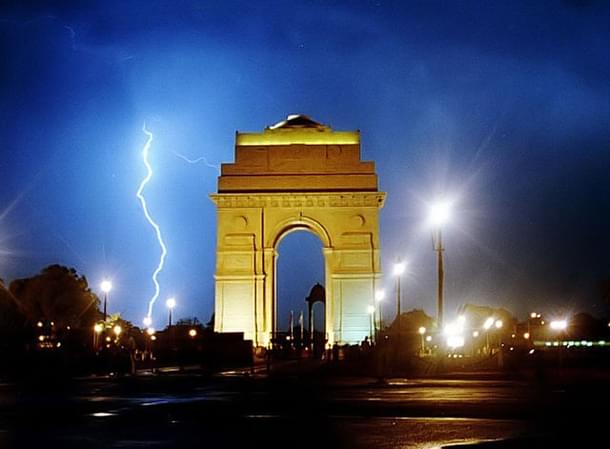
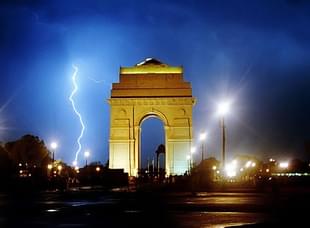
Exactly 963 years ago, Anangpal had founded the historic Delhi. He built a fortress called Lal Kot, whose ruins are strewn around Qutb Minar. It was amid these ruins that the first of the seven cities of Delhi flourished — the original Dilli.
So, there aren’t too many takers for M Venkaiah Naidu’s suggestion that Delhi should be renamed Indraprastha. Come to think of it, the Union urban development minister’s idea is not novel. In 2009, then sports minister MS Gill’s casual call to rename the city Dilli had met with derision.
What is the historical background of it all? Since when has the city been called Delhi? As an inhabitant of Delhi, I offer some insights, having gleaned them from my readings about the city’s past. I would be most pleased if any modifications or inaccuracies of any sort are added to or pointed out in this account. Delhi’s distant past is still not too clear, and we need to keep on researching and discovering.
The Indian capital’s past can be divided into two segments. After the year 1052 of the Common Era, seven cities were built in Delhi. There is ample evidence to prove the existence of these cities. But the centuries prior to 1052 CE are a sort of enigma.
The earlier known traces of civilised life in Delhi, as of now, go back to the late Harappan age. Excavations in the late 1980s in the Mandoli area close to Nand Nagri revealed remains like mud walls, poetry, toys, ivory pendants, textile stamps and iron implements going back 1,700 years before common era (BCE) to 400 CE.
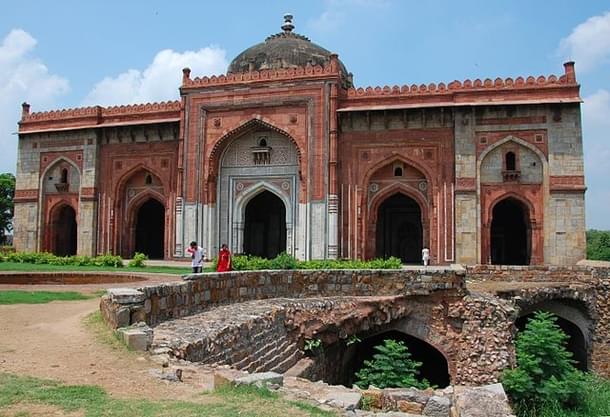
Undoubtedly the most curious aspect of Delhi’s past pertains to the legend of Indraprastha. But then, Indraprastha was not the first city to appear in the mythological past of Delhi. The Puranas tell us that there was a dense jungle beside Yamuna called Khandavi or Indravan. King Sudershan of the lunar line burned down a portion of this jungle and founded a city called Sudershan Puri. The city’s grandeur invited jealousy of Indra, whose wrath eventually became the reason for its destruction. Soon the jungle gulped up the ruined city.
Enter the Mahabharata era, and we are told by the epic that the Pandava brothers came across a jungle called Khandava van. In the jungle they found ruins of an earlier city. Was that Sudershan Puri? The new city that came up rivalled Amravati, the mythical city of Indra, and was hence named Indraprastha.
Indraprastha is mentioned in the Jataka tales, too, which was composed 4 century BCE. Suruchi Jataka states that Indapatta was seven leagues in extent while Varanasi, then the chief city of India, extended over 12 leagues.
In the 1950s, a minor rock edict of Emperor Ashoka was found carved on a rock in Srinivaspuri. While it had no reference to Indraprastha, its existence did suggest that the area was of some importance in the Mauryan period. Ashoka erected monolithic sandstone pillars in Meerut and Toprara near Ambala (both brought to Delhi in the 14th century on the orders of Sultan Firoz Shah Tughlaq); so one cannot rule out the possibility that he erected one in this area, too. After all, in Delhi’s violent past, many massive structures, including the palace of Kilokhari, vanished without a trace.
Since the Delhi Sultanate period, the site of present-day Purana Qila or the Old Fort — built during the reigns of Sher Shah Suri, his son Islam Shah and the Mughal king Humayun — has being identified as the area where Indraprastha once was.
Taj ul-Maasir written in 1205 CE by Hasan Nizami records that, after the defeat of Prithviraj Chauhan in 1192 CE, a part of victorious Muhammad Ghori ‘s army “remained encamped within the boundary of Delhi at the mauza of Inderpat.” The Ain-i-Akbari, commissioned by Emperor Akbar, records that Humayun “restored the citadel of Indrapat and named it Dinpanah”.
Since the days of Alexander Cunningham, the Father of the Archaeological Survey of India, a certain area within the Old Fort has been occasionally excavated. These excavations have thus far revealed evidence of earliest settlement at this site datable to around 1000 BCE, with a continuous inhabitation from Mauryan to Mughal through Sunga, Kushana, Gupta, Rajput and Sultanate periods.
Some traditions maintain that one King Dilu of Kannauj held Indraprastha as a subject kingdom around 60 BCE. His governor founded a new city, which was named after him. There is no archaeological evidence as of now to prove that Dilu’s city ever existed. However, there is one fascinating reference going back to the second century CE.
Claudius Ptolemy, a geographer from Alexandria, visited India around 140 CE. He marked in his map of India a place written as “Daidala” situated close to Indrabara and midway between Modoura and Batankaisara. He was referring to Indraprastha, Mathura and Thaneswar (near Kurukshetra) for sure. Was he referring to Dilu’s city?
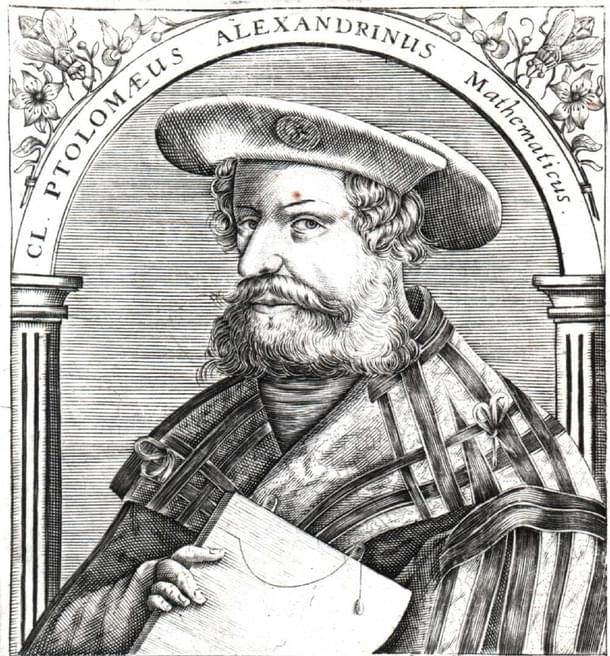
Figure 1 Mathematician Claudius Ptolemy ‘the Alexandrian’ as imagined by a 16th-century artist.
King Dilu could hold his city for 4 years before Saka King Sukhwant ended his life. Sukhwant in turn was overpowered by the celebrated Ujjain King Vikramaditya. He did not stay in Dilu’s city and went back to Ujjain. Writing in the beginning of the reign of Emperor Shah Jahan, Kharg Rai opined that after the conquest of Vikramaditya, Dilu’s city lay deserted for 792 years.
After a gap of eight centuries, it was again inhabited by Anangpal Tomar (731-736 CE?). Said to be a descendent of the Pandavas, Anangpal first established himself at Indrparastha and then transferred his capital to the Aravalli Hills near the present-day Surajkund area, or probably in Mehrauli. Near Surajkund he founded the Anangpur city and built a massive dam. Ruins of a massive dam exist till day in present-day Anangpur village in the Faridabad district of Haryana. Another tradition maintains that Surajpal, Anangpal’s son, was responsible for Surajkund.
The story becomes unclear after Anangpal. All one hears is the names of certain Tomar rulers.
Come mid-eleventh century, and the haze clears up. Anangpal Tomar II, a descendent of Anangpal, surfaces. Exactly 963 years ago, Anangpal had founded the historic Delhi. He built a fortress called Lal Kot, whose ruins are strewn around Qutb Minar. It was amid these ruins that the first of the seven cities of Delhi flourished — the original Dilli. This makes Anangpal the founder of Delhi.
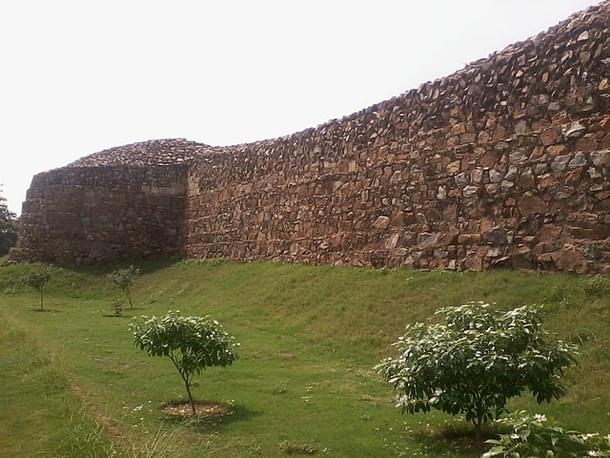
Bastion wall of Lal Kot and Rai Pithora
It’s such a shame that no impressive public place or road is dedicated to Anangpal in the city today. Though a magnificent statue of his successor and more famous maternal grandson Prithviraj Chauhan was erected at the instance of Jagmohan — Naidu’s predecessor in the Union Urban Development Ministry during NDA I — in Saket amid the ruined bastions and walls of Quila Rai Pithora, an extensive city Chauhan had added beside the Lal Kot.
In 1192, Muhammad Ghori’s slave Qutbuddin Aibak entered Lal Kot through its main gate and the Dehli Sultanate came into being on the site of Lal Kot-Quila Rai Pithora fort. It has been said that, since the Dilli city was a threshold to India for the Turks, they called it Dehli — working on the Persian word Dahleez.
Today, most of us call our city Dilli; pronounce and spell it as such in Hindi, but do it somewhat differently in English. Why?
Medieval texts and inscriptions called the city by various names — Dhilli, Dilli, Dhillikapuri and Dehli. The first ever clear cut mention appears on the Iron Pillar near Qutb Minar. Now hardly visible, it could be clearly read earlier: “In Vikrami Samvat 1109 [1052 CE] Anangpal peopled Dhilli.”
Another inscription of 1170 CE discovered in Bijola district of Udaipur, Dhillika is referred to. Prithviraj Raso, a literary work of 12-13th century, called the city Dhilli as well Dilli. And when the Turks conquered Dilli of Prithviraj, the name changed to Dehli. The British variant of Dehli went official in December 1874. Under the Punjab Government notification 1942 the official spellings were declared as “Delhi”.
In hindsight, perhaps Naidu would have done well to simply quote the Ain-i-Akbari:
Delhi is one of the greatest cities of antiquity. It was first called Indrapat.
For more than a decade, Anuj Dhar has devoted himself to resolving the mystery surrounding the disappearance of Subhash Chandra Bose. His 2012 bestselling book India's Biggest Cover-up (Netaji Rahasya Gatha in Hindi) triggered the demand for declassification of the Bose files.




